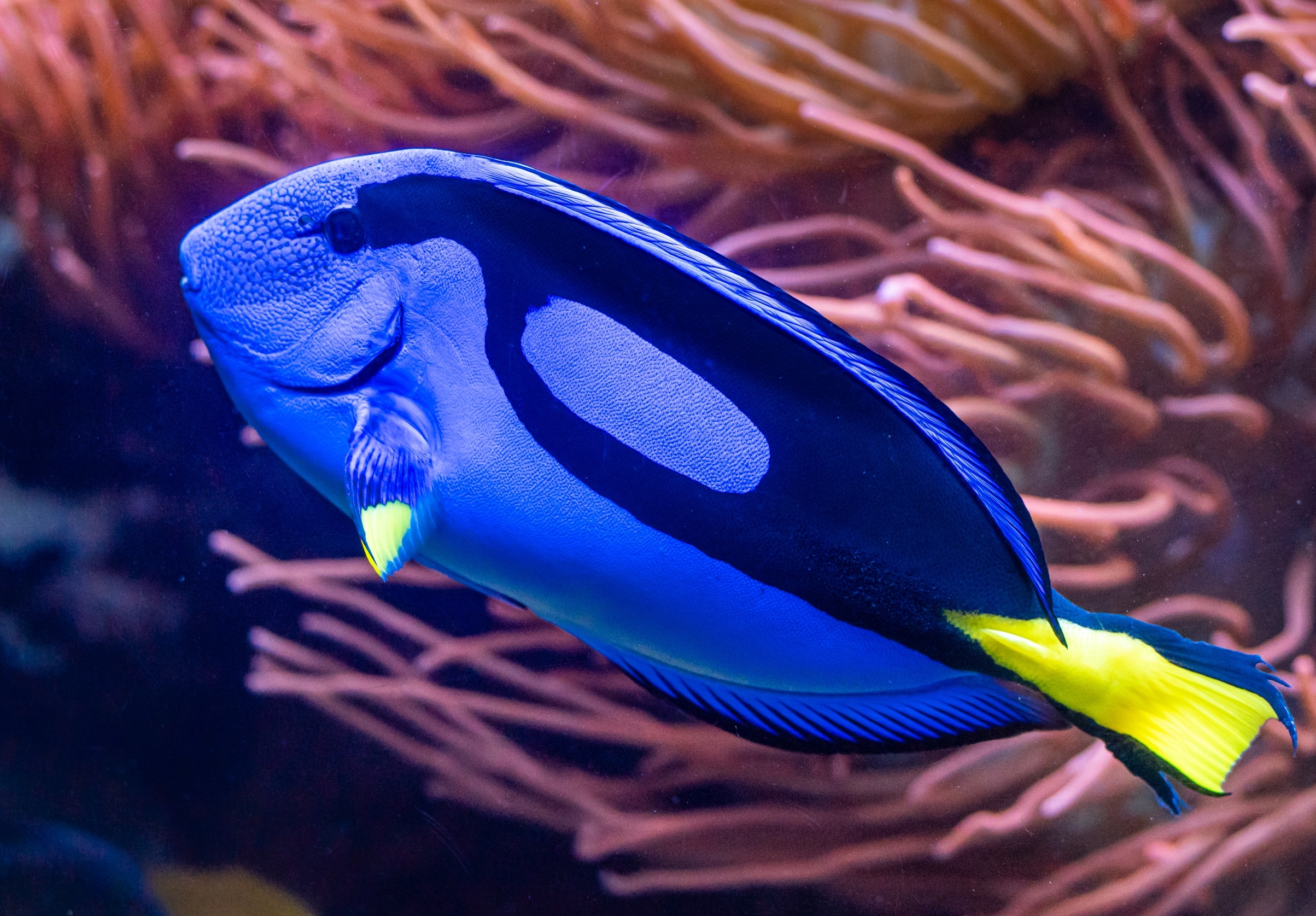Freshwater lakes and rivers are home to a fascinating array of unique fish species, each thriving in its own way within these diverse ecosystems. From ancient predators to gentle giants, these fish have adapted to a wide range of environments, showcasing remarkable traits and behaviors. Some are massive, others are colorful, and many play vital roles in maintaining the health of their habitats. Whether for their size, appearance, or ecological importance, these freshwater fish capture the imagination and attention of scientists, anglers, and nature enthusiasts alike. Let’s explore 19 of these incredible species that call freshwater their home.
Lake Sturgeon
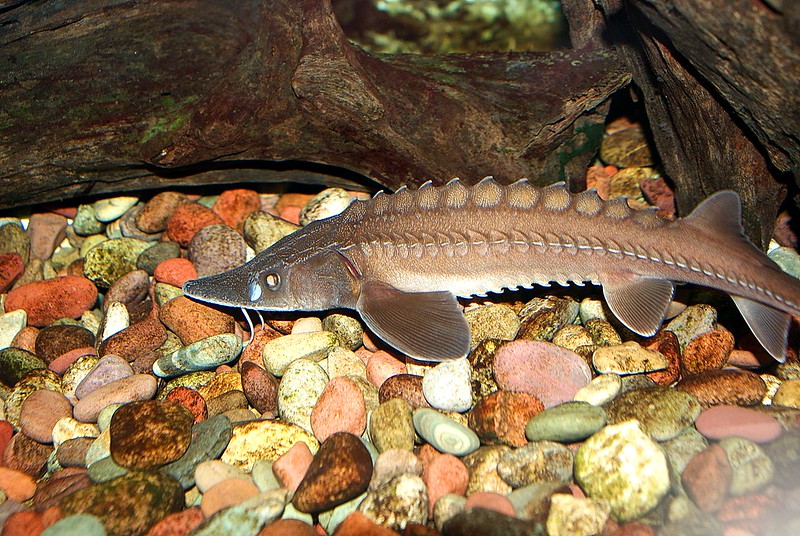
The Lake Sturgeon is one of the oldest species still inhabiting North America’s freshwater systems. These fish can live for more than 100 years, making them true freshwater giants. Weighing up to 200 pounds, their sheer size is astounding. Known for their armored, bony plates and long, pointed snouts, Lake Sturgeon are visually distinct. They prefer slow-moving waters of lakes and rivers, feeding mainly on small fish, insects, and mollusks. Conservation efforts are in place as overfishing and habitat loss have threatened their numbers.
African Tigerfish

Known for its razor-sharp teeth and powerful strikes, the African Tigerfish is an apex predator in African freshwater lakes and rivers. This ferocious hunter can grow up to 3 feet long and weigh as much as 30 pounds. Its sleek, silver body glimmers beneath the water’s surface as it slices through schools of smaller fish. A highly territorial species, it is known to leap out of the water in pursuit of prey. While thrilling to observe, its aggressive nature makes it a challenging species to study. Despite its intimidating appearance, the African Tigerfish plays a crucial role in maintaining a balanced aquatic ecosystem.
Amazonian Arapaima
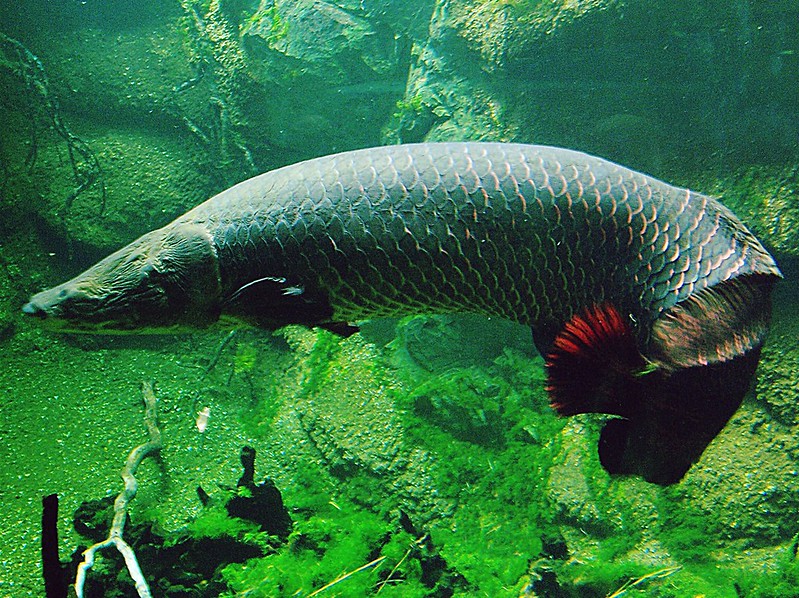
The Amazonian Arapaima is one of the largest freshwater fish species in the world, found mainly in the rivers of South America. Growing up to 15 feet in length, this air-breathing fish frequently surfaces to gulp air. Its unique, armor-like scales provide protection from predators, while its long body helps it glide through the water effortlessly. These giants primarily feed on smaller fish, crustaceans, and even birds when given the chance. Despite their size, they are surprisingly agile hunters. Overfishing and habitat destruction have led to a decline in their population, prompting conservation initiatives.
Giant Freshwater Stingray
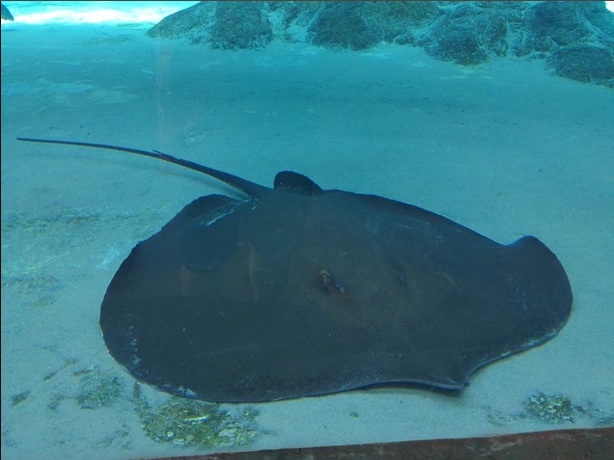
In the muddy rivers of Southeast Asia, the Giant Freshwater Stingray glides silently along the riverbed. Measuring up to 16 feet across and weighing over 1,300 pounds, this is one of the largest freshwater species known to science. Despite their massive size, they are elusive and often remain hidden beneath the murky waters. Their flat bodies and long tails help them blend into the river floor, where they hunt for fish and crustaceans. Equipped with a venomous spine, they can defend themselves from predators if threatened. Unfortunately, habitat degradation and fishing pressures have made them increasingly rare.
Alligator Gar
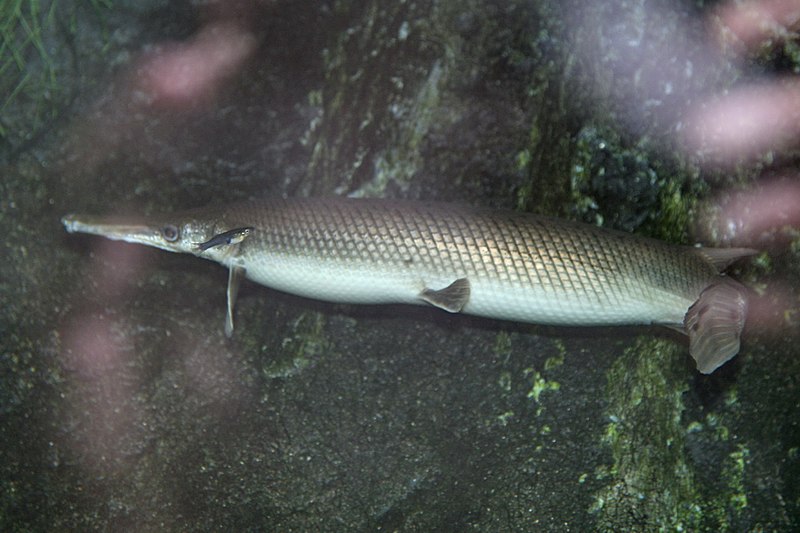
The Alligator Gar is a prehistoric-looking fish that inhabits slow-moving rivers and lakes in the southern United States. Named for its elongated jaws filled with sharp teeth, this fish can grow up to 10 feet long. Its olive-green scales and long, torpedo-shaped body allow it to ambush unsuspecting prey with ease. These carnivorous hunters primarily feed on smaller fish, but their diet can also include amphibians and even birds. Despite their fearsome appearance, they pose little threat to humans. The Alligator Gar’s resilient nature has enabled it to survive for millions of years in diverse aquatic environments.
European Eel
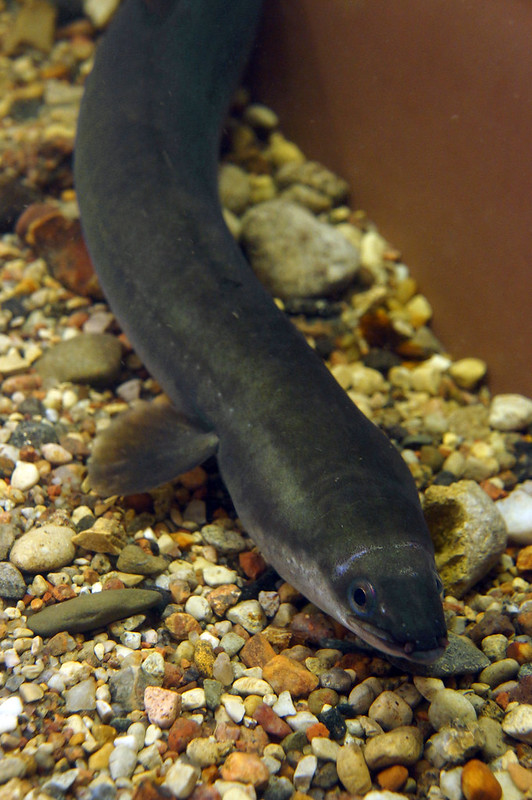
The European Eel is an incredible migratory fish, known for its long, snake-like body and mysterious life cycle. It begins life in the Sargasso Sea, hatches from eggs, and drifts on ocean currents to freshwater rivers and lakes across Europe. Over the next few decades, they develop into adults, living in freshwater before returning to the sea to spawn. These eels can grow up to 4 feet long, thriving in both freshwater and saltwater. Their ability to adapt to changing environments makes them resilient survivors. Unfortunately, they are now critically endangered due to overfishing and habitat loss.
Peacock Bass
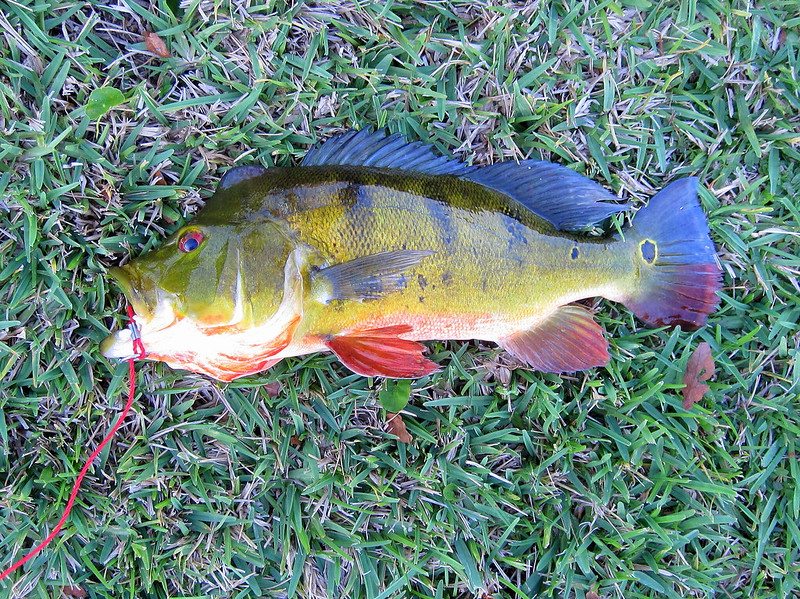
Native to South American rivers, the Peacock Bass is as stunning as it is aggressive. Its vibrant colors—yellow, green, and black—give it a peacock-like appearance, especially during mating season. These powerful fish can grow up to 3 feet long and are known for their predatory nature. They hunt smaller fish, insects, and even small birds by using their sharp teeth and quick movements. Fishermen often target Peacock Bass due to their size and strength, making them a prized catch. However, their introduction to non-native habitats has led to ecological imbalances.
Nile Perch
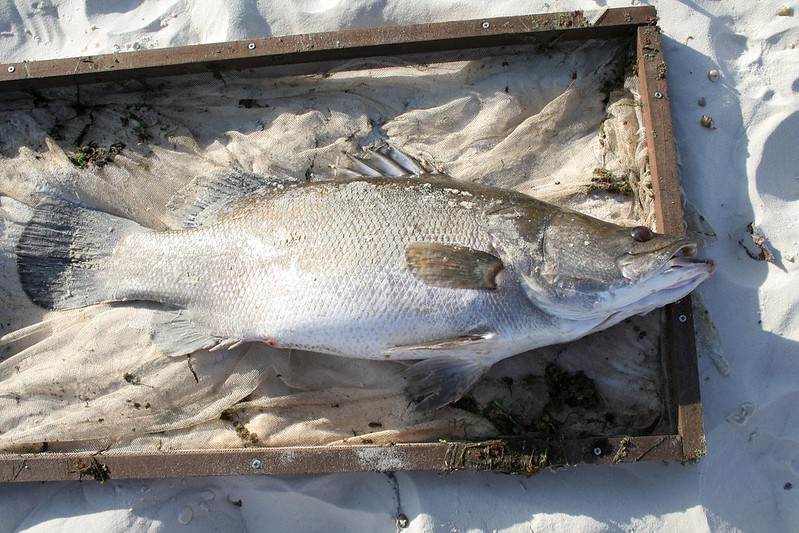
Dominating African freshwater lakes and rivers, the Nile Perch is an apex predator known for its size and voracity. These fish can reach lengths of over 6 feet and weigh as much as 440 pounds. Their silver scales and wide mouths are signature features, enabling them to devour anything from small fish to crustaceans. Nile Perch have been introduced into various lakes, where their predatory behavior has disrupted local ecosystems. In their native habitats, they help maintain balance by controlling prey populations. Despite their ecological impact, they are valued in commercial fisheries across Africa.
Goonch Catfish
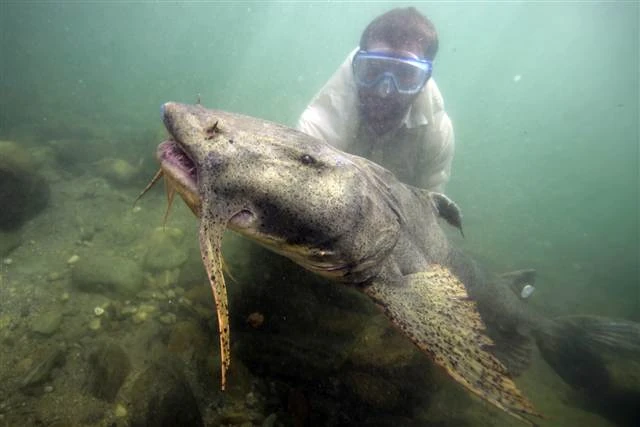
The Goonch Catfish is a massive species found in the fast-flowing rivers of South Asia. Reaching up to 6.5 feet in length and weighing over 200 pounds, this deep-dwelling fish is a true river monster. Its wide mouth and barbels help it detect prey in the dark, murky waters it inhabits. Goonch Catfish primarily feed on fish, small mammals, and even birds that venture too close to the water. Their elusive nature has made them the subject of local legends and myths. They are often sought after by anglers due to their impressive size and strength.
Piraíba Catfish
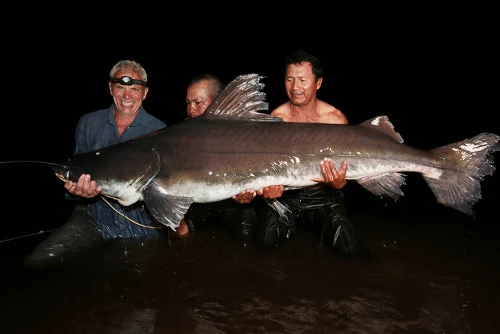
The Piraíba Catfish is one of the largest catfish species in the Amazon River, with specimens recorded at lengths of up to 12 feet. This fish is often referred to as the “river giant” due to its massive size and powerful build. Piraíba are opportunistic feeders, hunting smaller fish, crustaceans, and even birds. Their long, whisker-like barbels allow them to sense prey in the murky waters they inhabit. Despite their size, they are capable of swift movements when striking at prey. Overfishing has reduced their numbers, but they remain a sought-after species for both local fishermen and trophy anglers.
Arctic Grayling

In the cold, clear rivers and lakes of the Arctic, the Arctic Grayling thrives in some of the most extreme freshwater environments. Recognizable by their sail-like dorsal fin and shimmering silver bodies, these fish are a favorite among anglers. Growing up to 24 inches, their unique beauty is matched by their lively behavior. They are agile swimmers, often found feeding on insects near the water’s surface. During spawning season, their fins display a vibrant rainbow of colors. Climate change threatens their habitat, making their conservation increasingly important.
Lake Trout
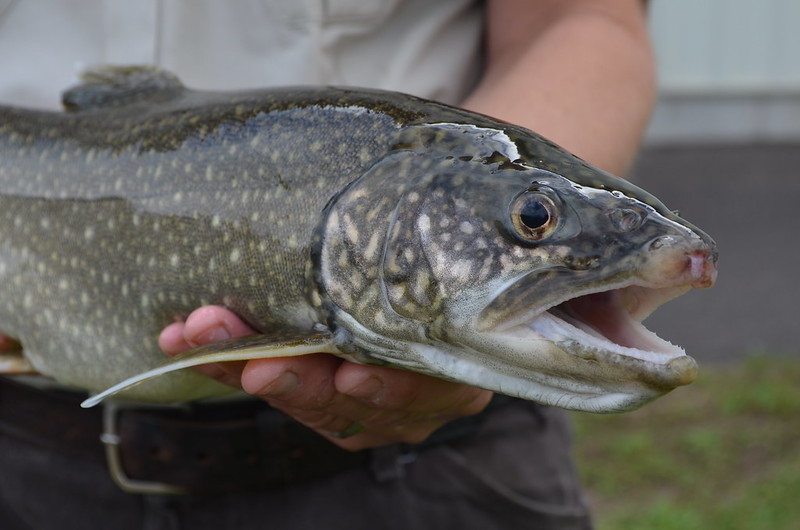
Lake Trout, native to North American lakes, is a deep-water fish that can grow up to 50 pounds in the right conditions. These fish prefer cold, oxygen-rich waters, where they hunt smaller fish like herring and smelt. Known for their longevity, some Lake Trout live over 20 years, slowly growing larger each season. Their silver and olive-green coloration helps them blend into the rocky lake beds. Anglers prize them for their size and challenging behavior. Unfortunately, overfishing and invasive species have put pressure on some Lake Trout populations.
Redtail Catfish
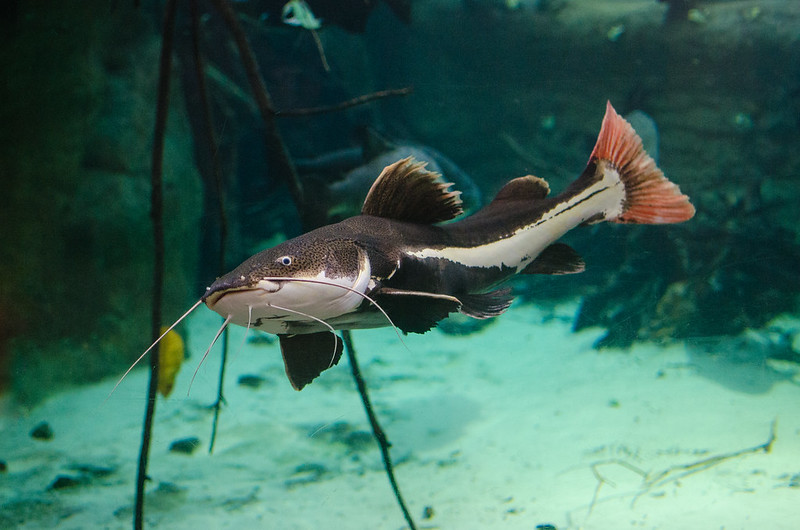
The Redtail Catfish, with its distinctive red-tipped tail, is a striking species native to South American rivers like the Amazon. Growing up to 5 feet long, this bottom-dwelling predator is well known for its powerful bite. Their black, white, and red coloration makes them stand out, even in murky water. Redtail Catfish are opportunistic feeders, eating smaller fish, crustaceans, and plant matter. Despite their large size, they are surprisingly popular in the aquarium trade. However, they can outgrow home tanks quickly, leading to challenges for fish keepers.
Sockeye Salmon
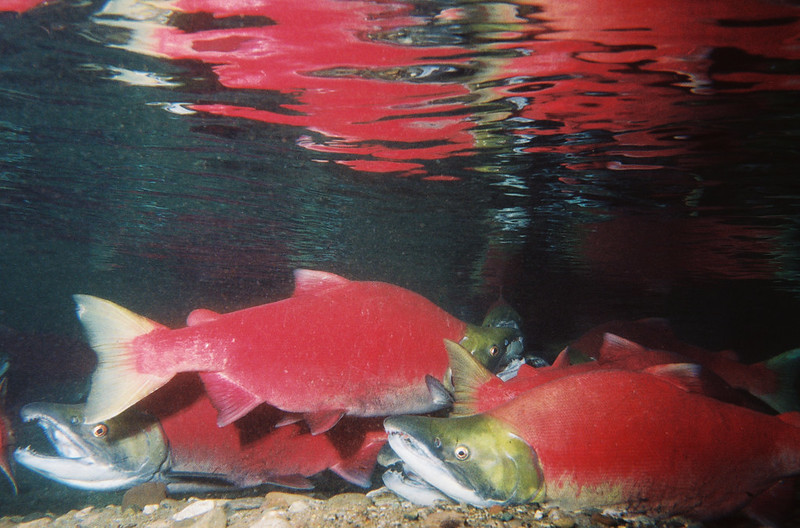
The Sockeye Salmon is renowned for its incredible migratory journey from freshwater lakes and rivers to the Pacific Ocean and back. They are born in freshwater, where they spend the first part of their lives before migrating to the ocean. Once mature, they return to their birthplace to spawn, often traveling thousands of miles. Their brilliant red bodies and green heads during spawning season are iconic sights in North American rivers. Sockeye Salmon are an important part of the ecosystem, providing nutrients to rivers through their decaying bodies. Their populations are at risk due to overfishing and habitat loss.
Mekong Giant Catfish
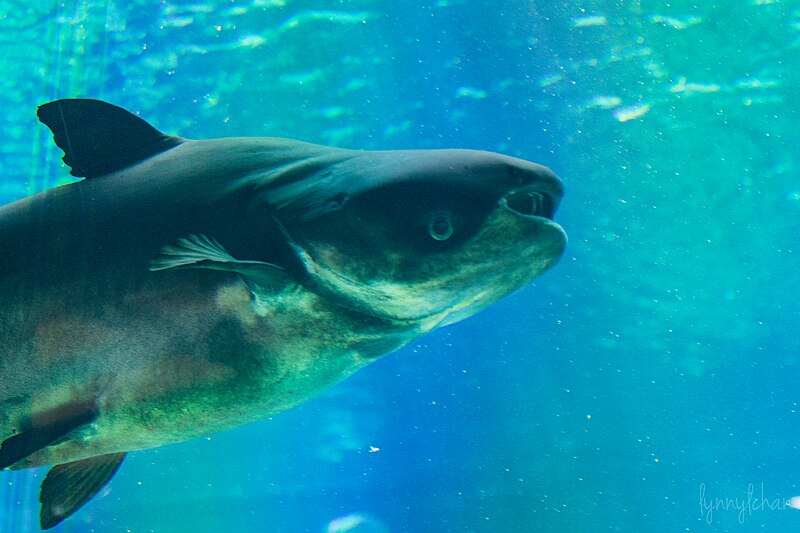
The Mekong Giant Catfish is a critically endangered species that can grow to incredible sizes, with some individuals reaching over 700 pounds. Found primarily in the Mekong River, these fish are filter feeders, consuming plankton and other small organisms. Despite their massive size, they are gentle giants of the river. Overfishing and dam construction have severely impacted their populations, leading to international conservation efforts. Their pale gray color and lack of visible teeth make them appear somewhat docile. As one of the largest freshwater fish species, the Mekong Giant Catfish remains a symbol of the river’s biodiversity.
Golden Dorado

The Golden Dorado is a fierce predator found in the freshwater rivers of South America, particularly in Argentina. Known for their golden scales and muscular bodies, these fish can grow up to 3 feet long. They are aggressive hunters, preying on smaller fish with their sharp teeth and powerful jaws. The Golden Dorado is a highly prized sport fish due to its strength and agility in the water. Despite its beauty, the species faces threats from habitat destruction and overfishing. Conservationists are working to protect its natural habitats from further degradation.
Zander
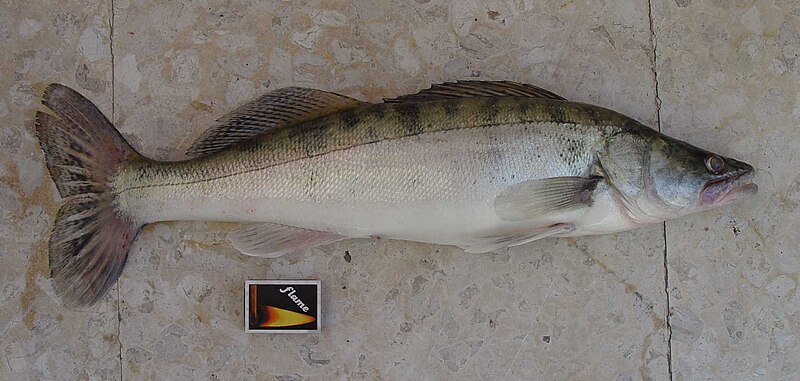
The Zander is a predatory fish native to Europe and western Asia, closely related to the perch. They have a long, streamlined body, which makes them swift hunters in lakes and rivers. Zander can grow up to 4 feet in length and have sharp, needle-like teeth for catching prey. They primarily feed on smaller fish but will also consume insects and crustaceans. Their silvery-green scales provide excellent camouflage in murky waters. Overfishing and habitat changes have affected their populations, but they remain an important species in commercial and recreational fisheries.
Bowfin
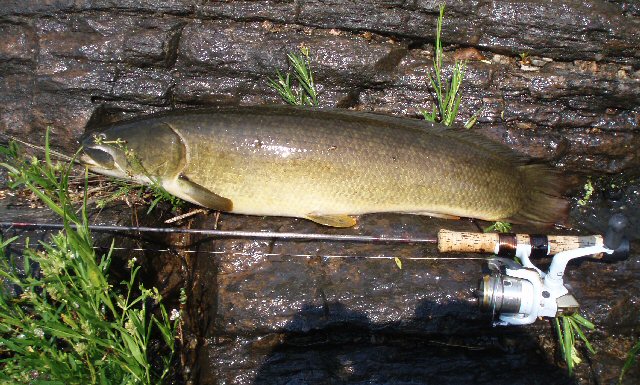
Bowfin are ancient fish found in North American rivers and lakes, often referred to as “living fossils” due to their unchanged appearance for millions of years. These fish can grow up to 3 feet long and have a cylindrical body with a long dorsal fin that runs the length of their back. They are aggressive predators, feeding on fish, amphibians, and even small mammals. Bowfin can survive in low-oxygen environments thanks to their ability to gulp air from the surface. Despite their fierce reputation, they are not typically sought after by anglers. Their resilience and adaptability have allowed them to thrive in a variety of freshwater habitats.
This article originally appeared on Rarest.org.
More From Rarest.Org
Insects are some of the most fascinating creatures on Earth, and many possess incredible abilities that go beyond what we might expect. From ingenious defense mechanisms to remarkable hunting skills, these small but mighty creatures have adapted in extraordinary ways to survive and thrive. Read more.
Coral reefs are home to some of the most vibrant and diverse fish species in the world. These underwater ecosystems showcase a kaleidoscope of colors and fascinating behaviors that captivate anyone who visits. Read more.
Antique clocks hold a special allure for collectors and history enthusiasts alike. These timepieces, often crafted with extraordinary detail, offer a glimpse into the artistry and engineering of their eras. Read more.


